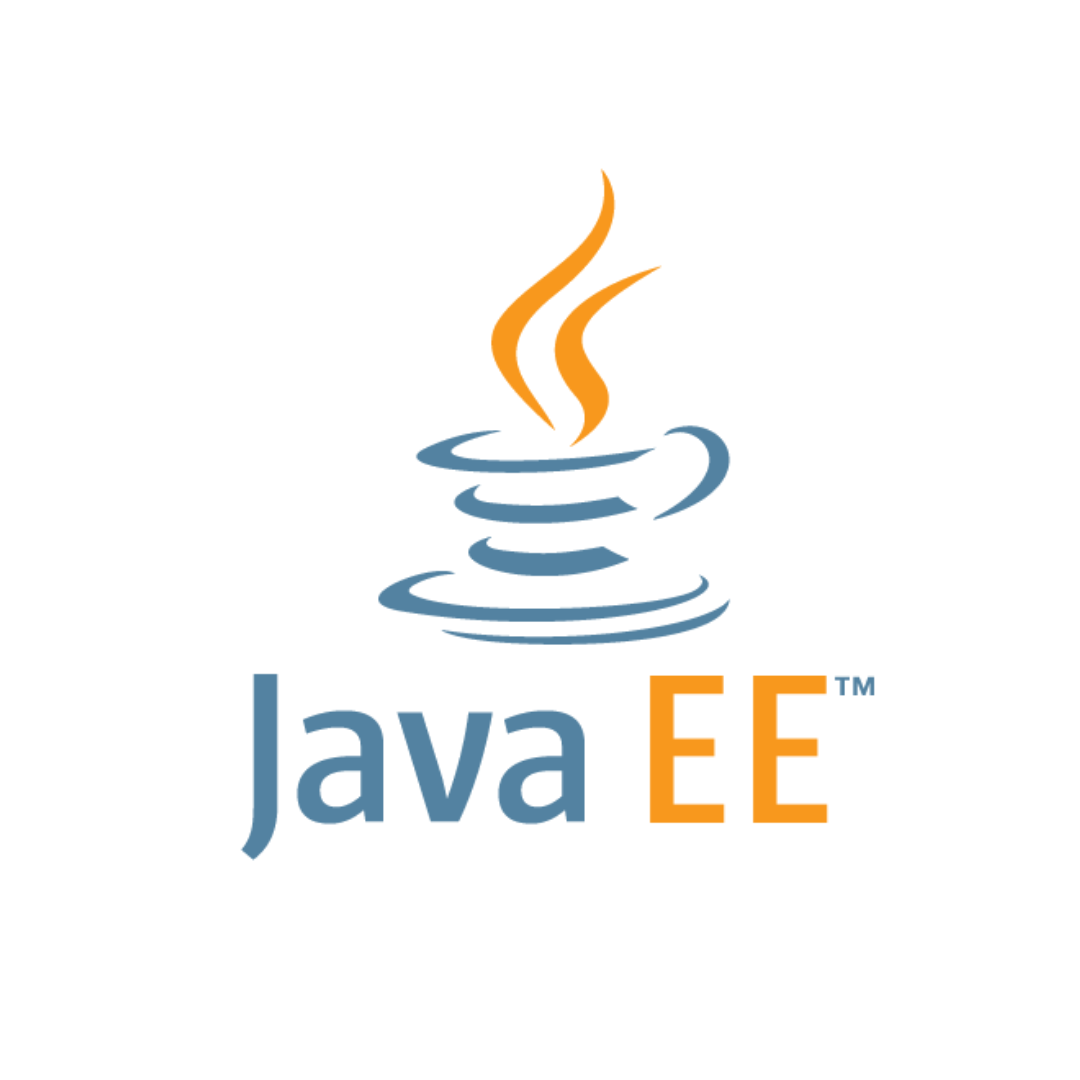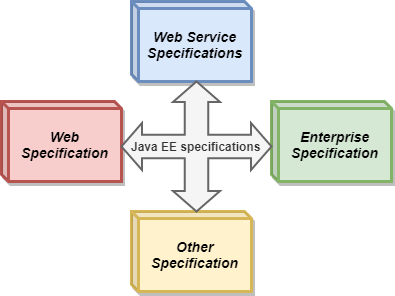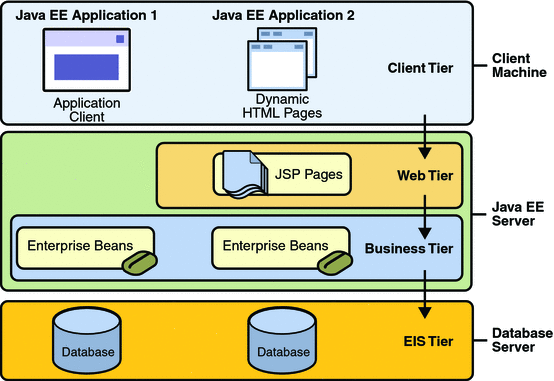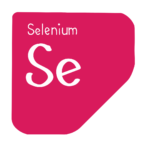
Java Training Institutes in Visakhapatnam
JNNC Technologies Java, Java EE, and SOA training helps you master core java topics such as data types, OOPs concepts, classes, objects, polymorphism, abstraction, inheritance, etc.
You will also learn how to develop web applications using servlets, XML, database connectivity, and Spring/AJAX framework with service-oriented architecture (SOA). best java training institutes in vizag.Become Java certified with our project-based Java certification!
Jakarta EE, formerly Java Platform, Enterprise Edition and Java 2 Platform, Enterprise Edition, is a set of specifications, extending Java SE with specifications for enterprise features such as distributed computing and web services
Key Highlights
Flexible Schedule
Certification
What is Java EE?
Java Enterprise Edition is shortened to Java EE. Java SE (Standard Edition) can be thought of as an improved version of Java Enterprise Edition. These updates are added to satisfy the needs of enterprise-level developers.
After a quick overview of Java EE, we’ll move on to the next section to find out why Java EE is specifically necessary.
Java Training Institutes in Visakhapatnam
Java EE Overview
best java training in vizag .JNNC Technologies is offering comprehensive Java certification training for building and implementing service-oriented architecture with Java Enterprise Edition (JEE). As part of the training, you will be working on both fundamental and advanced concepts of Java, including Java arrays, Java database connectivity, Java servlets, exception handling, XML handling, and others through hands-on projects and case studies.
What will you learn in this Java J2EE course?
- In-depth study of the OOP concept
- Java programming with classes and objects
- Working with XML files
- Communicating with database through JDBC
- Java conditions, data types, and loops
- Service-oriented architecture with web service
- Being in-line with Java certification
Why We Need Java EE?
To achieve certain needs, Java EE incorporates the advanced Java specs. The few main reasons that Java EE is required in real-time are as follows.

Powerful API Support
Since its release, Java EE has been continuously improving its programming models and APIs to support the newest applications and incorporating capabilities that the global developer community has demanded.
Reduce Development Time
One of the main goals of the Java EE introduction was to minimize the complexity involved in the application development time. The XML Deployment descriptors are no longer required starting with Java EE version 5. Rather, the data is directly entered by developers into a Java source file as an annotation. The developer will receive automatic deployment and runtime configuration assistance from the Java EE server.
Reduce Application Complexity
These days, developers recognize right away the need for distributed, transactional, and portable applications that improve the dependability, safety, and agility of server-side technologies. Java EE is primarily focused on assisting in the design, development, and production of corporate applications with reduced complexity, remarkable speed, and minimal cost-effectiveness resources.
System Application Performance
Java enterprise application development is now simpler or faster thanks to Java EE. The tagline of the Java EE platform takes pride in offering a comprehensive collection of APIs to developers. This is accomplished by shortening the time needed for development, simplifying the program, and enhancing its functionality.
Now that we know exactly why Java EE was required, let’s go on and study the different specifications that contain real-time Java EE implementations.
Java EE Specification
Java EE includes multiple specs for distinct uses. They are proficient in writing, reading, transaction processing, database administration, and web page design.
As may be seen below, there are four distinct specifications for Java EE.

Java Training Institutes in Visakhapatnam
Who should take up this SOA with Java EE training course?
Java Developers, Programmers, Database Administrators, and so on.
What are the prerequisites for taking up this Java certification?
There are no prerequisites for learning SOA with Java EE. A basic understanding of object-oriented programming (OOP) is good to have.
Java Training Institutes in Visakhapatnam

Why should you learn SOA with Java EE in our Java J2EE training?
Software-oriented architecture is being used extensively in the software industry, and Java is one of the most popular programming languages in the software world.
java certification training institutes in vizag. JNNC Technologies is offering definitive training in building and implementing SOA with Java EE that can be taken up by professionals to upgrade their careers and grab the best jobs in the industry.
java training in vizag.Java EE includes a range of technologies and APIs for developing enterprise applications, such as servlets, JavaServer Pages (JSP), JavaServer Faces (JSF), Enterprise JavaBeans (EJB), Java Message Service (JMS), Java Persistence API (JPA), and many others.
Java EE applications are typically deployed on application servers, such as Apache Tomcat, WildFly (formerly JBoss), IBM WebSphere, or Oracle WebLogic.
These application servers provide the necessary runtime environment and services for Java EE applications to run, including features like transaction management, security, scalability, and more.
Java EE has been an important platform for developing enterprise applications for many years, but its relevance has been diminishing in recent years with the rise of lightweight and microservices-based architectures.
Java EE
The Java EE stands for Java Enterprise Edition, which was earlier known as J2EE and is currently known as Jakarta EE.
It is a set of specifications wrapping around Java SE (Standard Edition).
The Java EE provides a platform for developers with enterprise features such as distributed computing and web services.
Java EE applications are usually run on reference run times such as microservers or application servers.
Examples of some contexts where Java EE is used are e-commerce, accounting, banking information systems.
Specifications of Java EE
Java EE has several specifications which are useful in making web pages, reading and writing from database in a transactional way, managing distributed queues.
The Java EE contains several APIs which have the functionalities of base Java SE APIs such as Enterprise JavaBeans, connectors, Servlets, Java Server Pages and several web service technologies.

1. Web Specifications of Java EE
Servlet: This specification outlines the synchronous and asynchronous methods for handling HTTP requests. It is low level, and its dependability on other specifications.
WebSocket: This API offers a collection of APIs that enable WebSocket connections. WebSocket is a computer communication protocol.
Java Server Faces is a service that aids in constructing a graphical user interface (GUI) from components.
Unified Expression Language is a straightforward language created to help web application developers.
2. Web Service Specifications of Java EE
Java API: It facilitates the provision of services with Representational State Transfer schema for RESTful Web Services.
A collection of specifications called the Java API for JSON Processing is used to manage data that is presented in the JSON format.
A set of specifications called the Java API for JSON Binding allows for the parsing or binding of JSON files into Java classes.
XML binding is supported by the Java Architecture, which enables XML binding into Java objects.
An xml-based protocol called SOAP is used by the Java API for XML online Services to access online services via HTTP. You can construct SOAP web services with this API.
3. Enterprise Specifications of Java EE
Dependency Injection and Contexts: It offers a Swing-like container for injecting dependencies.
Business JavaBean: An object container can offer transactions, remote procedure calls, and concurrency control with this collection of lightweight APIs.
The requirements for the object-relational mapping between Java classes and relational database tables are known as the Java Persistence API.
Java Transaction API: This package includes the annotations and interfaces needed to create a connection between Java EE’s transaction functionality and other systems.
Both the interfaces and the APIs in this abstract from low-level details are regarded as low-level.
Java Message Service: It gives Java programs a standard method for creating, sending, and reading messages from business messaging systems.
4. Other Specifications of Java EE
Validation: The Bean Validation API provides declarative validation functionality through a variety of interfaces and annotations included in this package.
Batch applications: They offer a way to carry out background processes that take a long time and require a lot of data to be done on a regular basis.
A Java-based technology approach for integrating Java servers with enterprise information systems is the Java EE Connector Architecture.




 Previous Post
Previous Post Next Post
Next Post